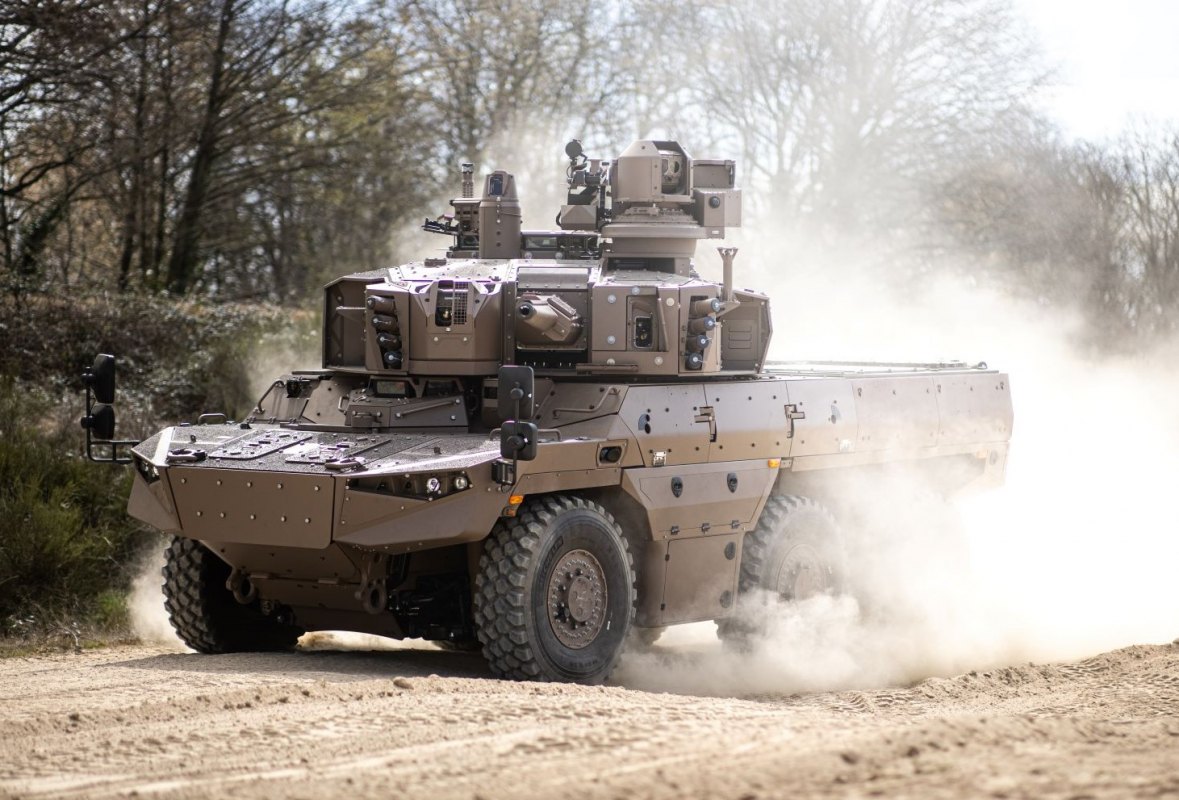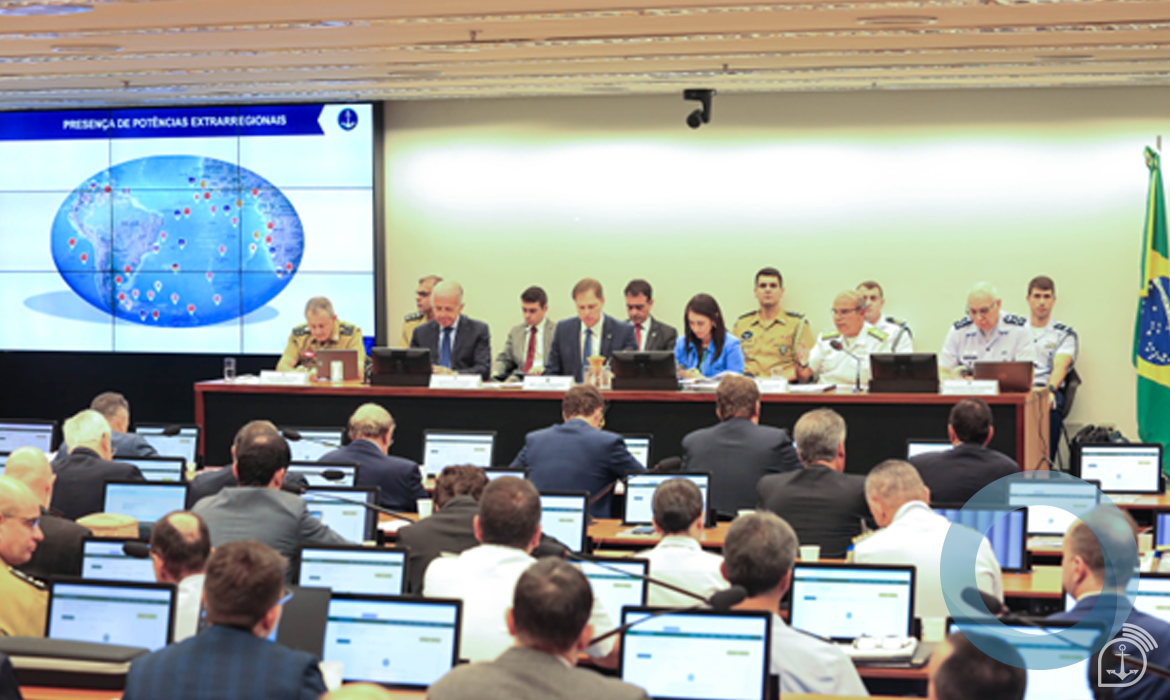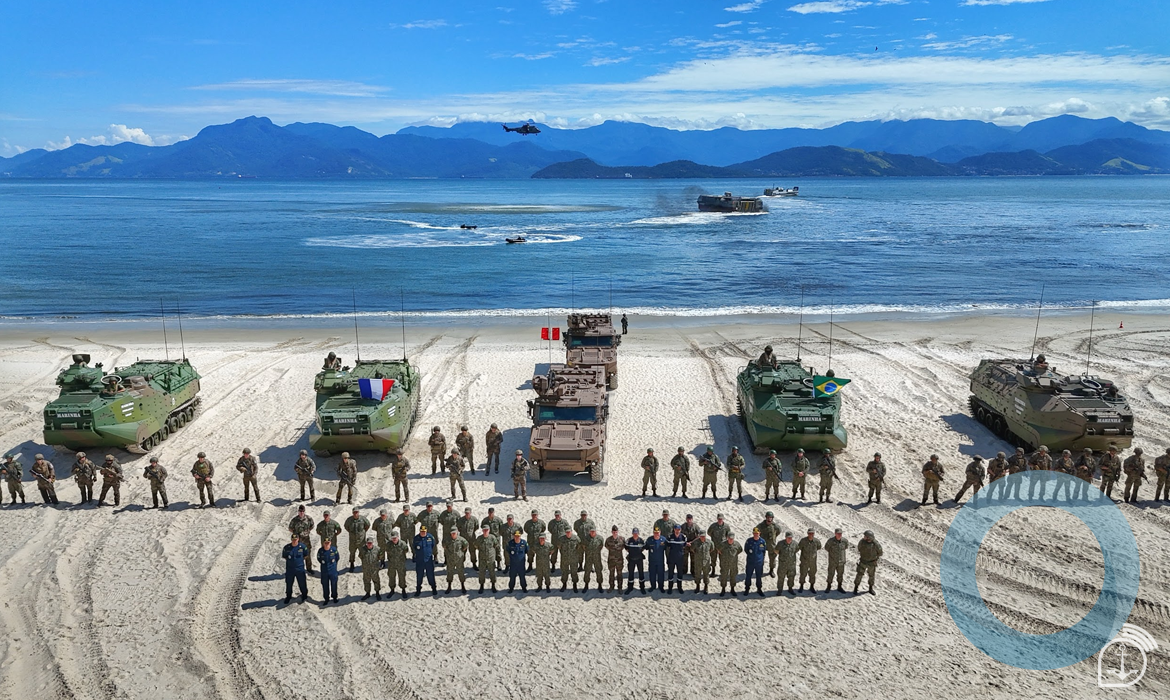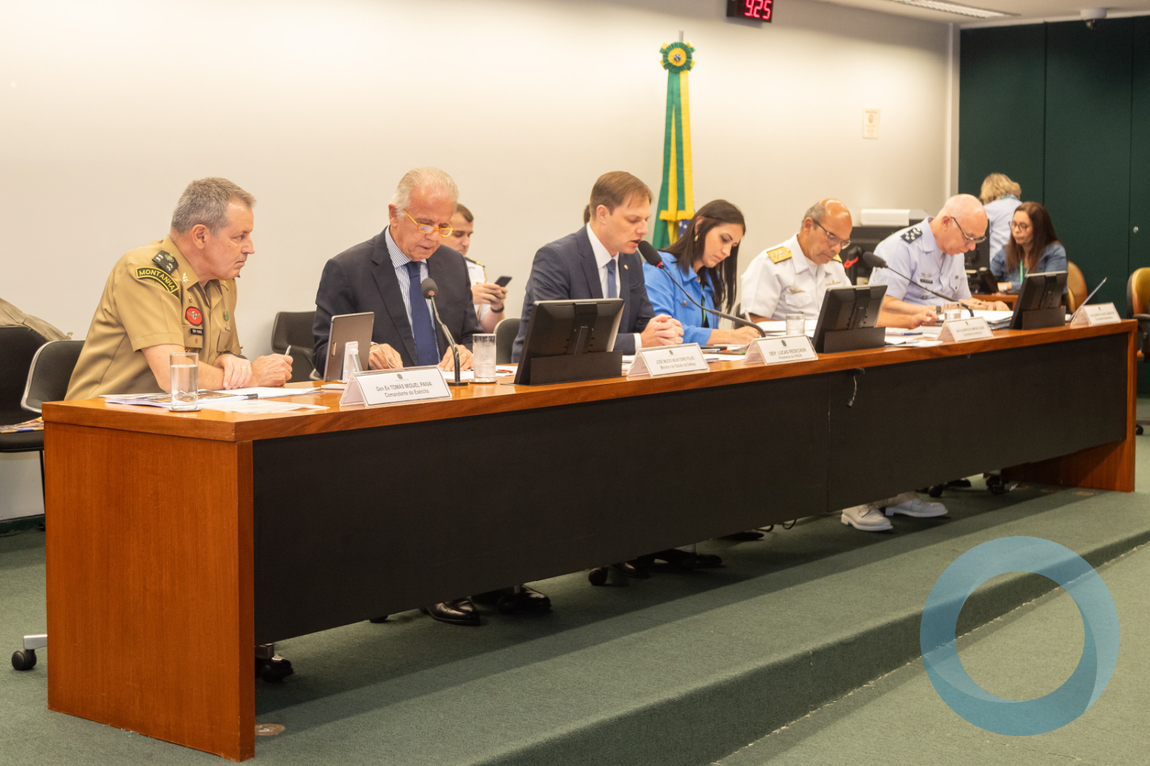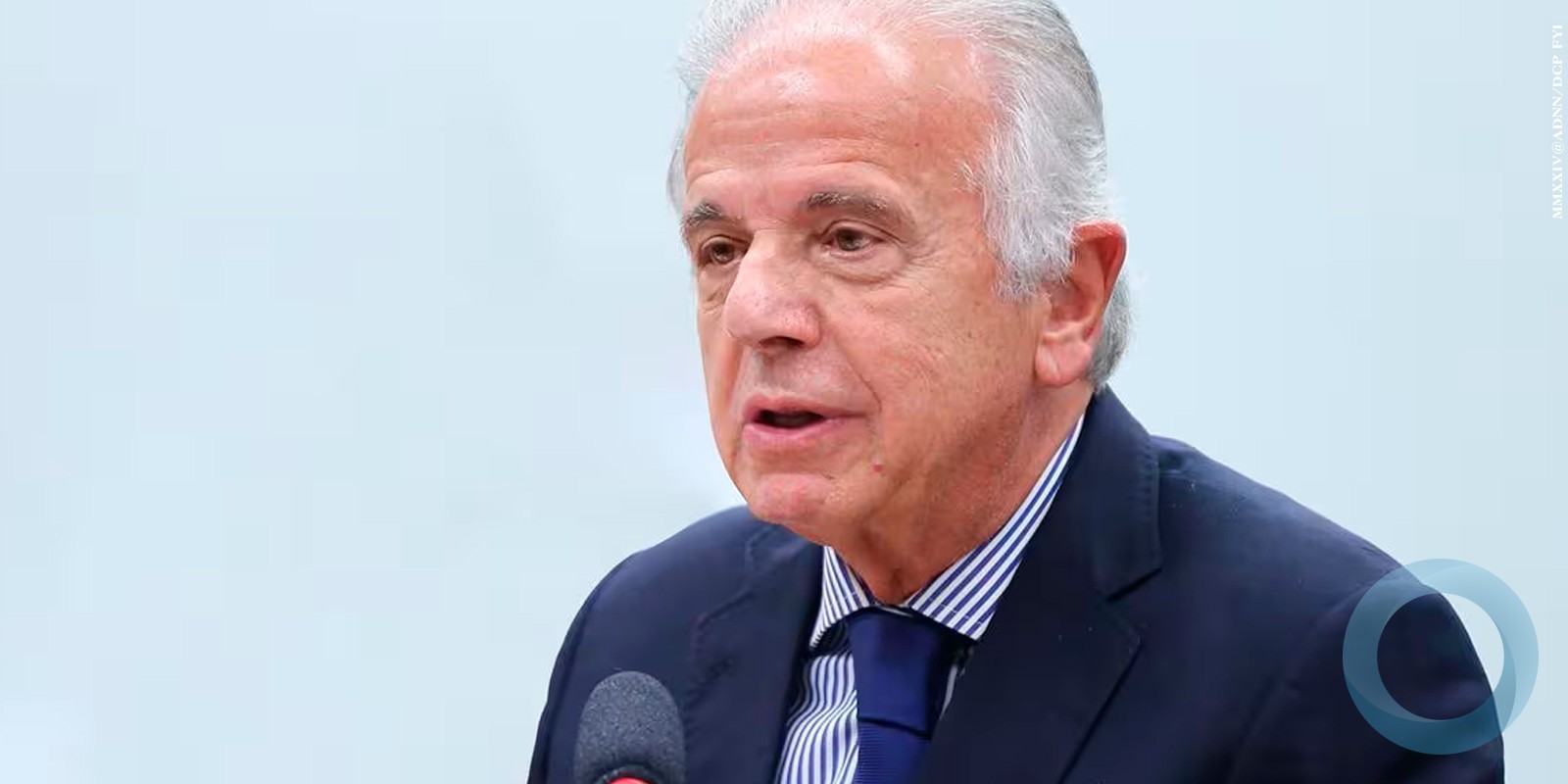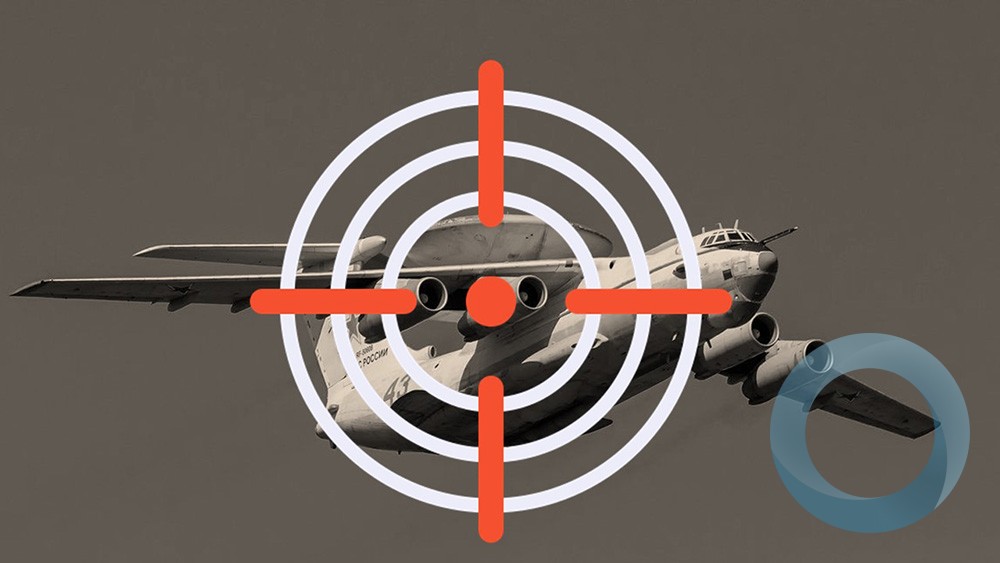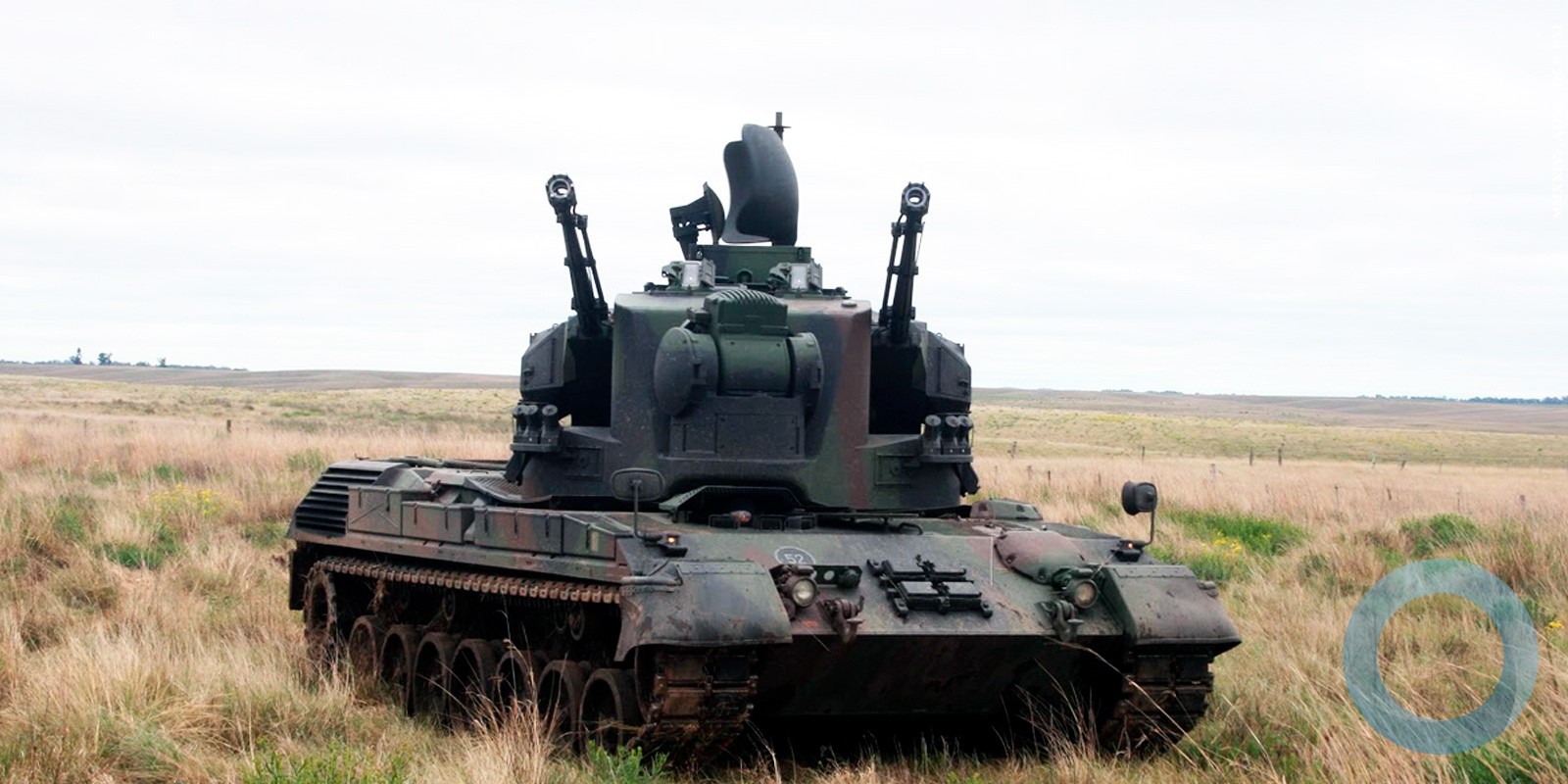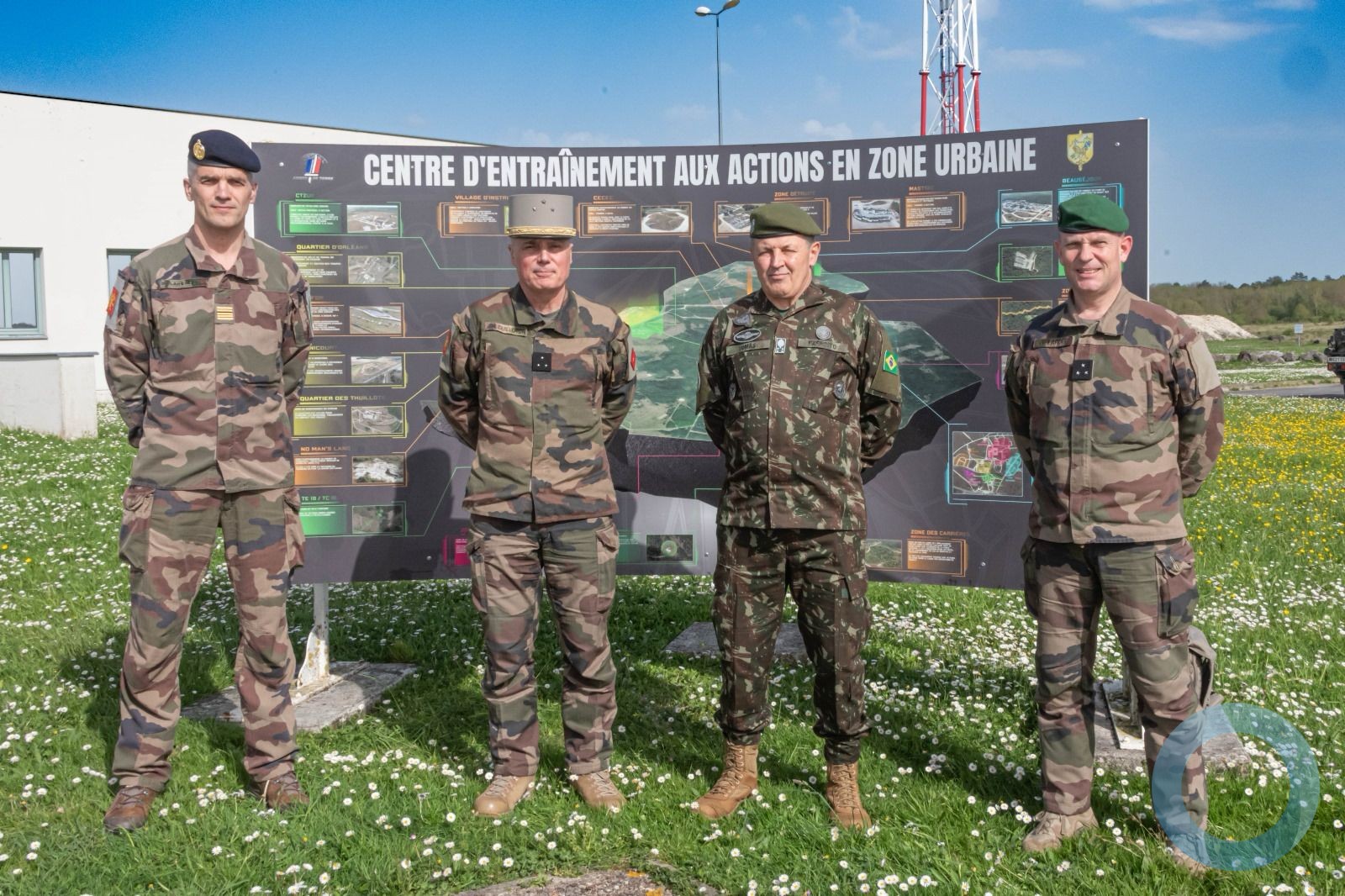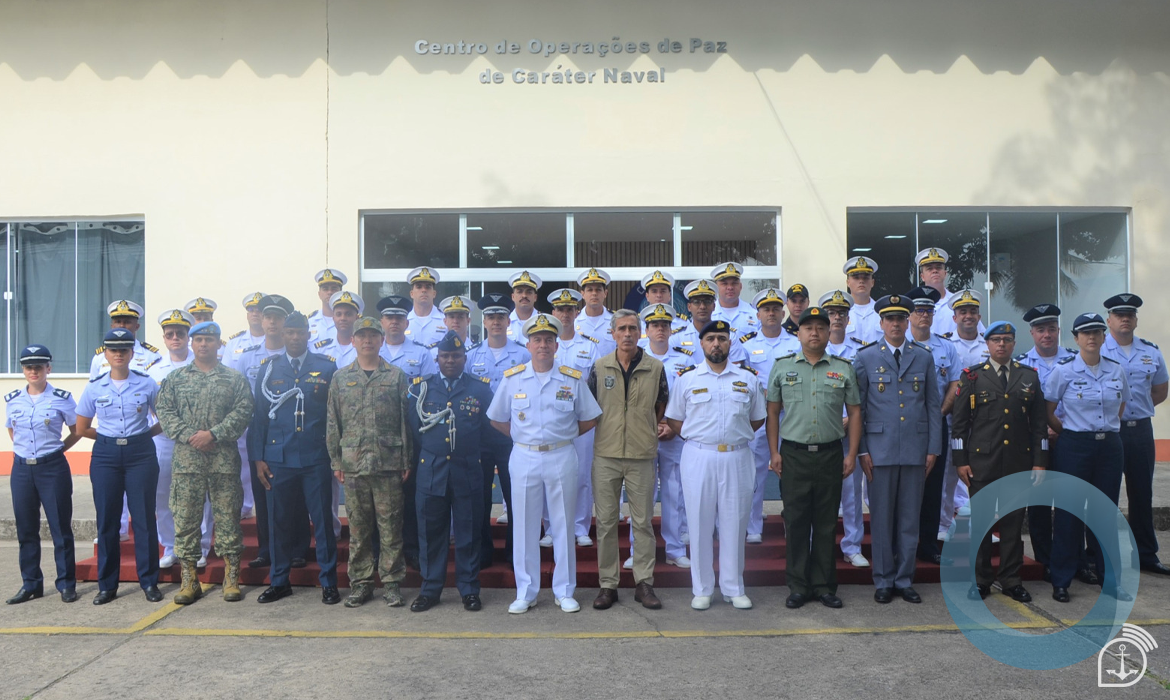by Patrícia Comunello
Throughout Brazil, the country's Armed Forces are working with Civil Defense units to provide humanitarian assistance to civilians impacted by heavy flooding. About 3,100 Troops participated in such operations nationwide in 2014, and this year, 2,700 service members have participated in the effort.
Soldiers from the 4th Jungle Infantry Battalion, the 7th Army Construction Engineering Battalion, and other Army units in the states of Roraima and Amazonas assisted more than 123,000 people affected by the largest flood in the history of the Acre River from February through April. They helped move civilians from high-risk areas, transported emergency basic necessities such as food and water, and performed maintenance at the Plácido de Castro International Airport in Rio Branco.
The river, which exceeded its normal levels by 18.4 meters, only started to recede in mid-March. About two weeks later, Soldiers resourcefully put in place a metal bridge originally used in combat for the civilians of Amazonas — a Bailey bridge, rebuilding the ground connection between São Gabriel da Cachoeira, 852 kilometers from Manaus, and the border with Colombia and Venezuela.
“Although the Bailey was old, and it was used to move armored vehicles on the battlefield, it is very useful for emergency operations,” said Major General Marcos Pupin, Commanding Officer of the 2nd Army Corps of Engineers at the Amazônia Military Command (CMA), located in Manaus. “The city was very isolated in the northwest of the state.
“We mobilized all available resources to solve the problem,” said Sergeant Major Flávio Frederico of the Social Communications unit of the 21st Construction Engineering Company, headquartered in the city. “We were the only ones who could do it quickly.”
Soldiers engaged in operations to support transport and supplies, and restricted residential traffic to maintain order. During their effort, Troops learned that there was damage to the BR-307 road at other points, where footbridges (improvised straight bridges) were erected that allowed one person at a time to cross.
To help, the Army acquired small boats that could cross the broken roadway. Of particular importance was transferring civilians suffering from broken bones; the patients needed to be transferred on a gurney from one side of the chasm by boat to the other side, where they were placed in a vehicle to be taken to the airport. In the event of disasters in the city, patients are treated in Manaus.
Soldiers work together to put bridge in place
The mission to reconnect the city to other parts of Brazil lasted 12 days. In the early phase of the operation, on April 1, Troops in Boa Vista, 1,100 kilometers from the remote city, removed 40 panels, 21 joists, and 50 platforms to build the Bailey bridge in São Gabriel da Cachoeira. The iron structure weighs 40 tons.
“The convoy from the 6th Construction Engineering Battalion left Boa Vista on April 1, traveled down the BR-174, and arrived in Manaus on the third,” SGM Frederico recalled. There, the Army rented a raft to bring equipment provided by the Boa Vista battalion from the port to the city.
The trip from Manaus to their final destination in São Gabriel da Cachoeira took another four days. The bad weather was challenging. “There was heavy rain, which required we be more careful, because the ground could give way at any moment,” SGM Frederico said.
Further complicating their effort was the task of building the bridge itself, undertaken by about 30 service members of the 21st Construction Engineering Company. “The engineering work is very technical. There was no way to hurry it along, it was a question of safety.”
Finally, the link was ready by late afternoon on April 12, though traffic was limited to 15 tons at any given moment to avoid the risk of collapse. CMA and the National Transportation Infrastructure Department (DNIT) plan further repairs to the connecting arteries after the rainy season is over.
“We are bringing in services to make these roadway connections permanent," Maj. Gen. Pupin said. "The community needs the Army’s support.”
Section of vital road collapses
Using the Bailey bridge to provide transportation routes to the people of the region was crucial, because the flooding damaged many roads.
For example, on March 19, after several consecutive days of rain in São Gabriel da Cachoeira, a stretch of the BR-307 near kilometer marker 3.5 collapsed, leaving a crater 15 meters across. The break in the roadway separated the center of São Gabriel from the Camanaus River port and the Uaupés Airport — both 21 kilometers away, and the only connections to the rest of Brazil.
“We are the last municipality in Amazonas; you can only get here by boat or plane,” said the Prefecture’s Cabinet Chief Valmir de Souza Delgado. “There was visible deterioration from the rainwater that had overflowed the riverbanks in the region.”
Civilians express gratitude
The impact of the floods could have been worse if not for the efforts of the Armed Forces, and residents of São Gabriel da Cachoeira expressed gratitude for the Military's assistance during the crisis.
“The Army is known throughout the city as the ‘Helping Hand,’ ” said Antônio Silva, host of Rádio Municipal de São Gabriel da Cachoeira . On his morning program “São Gabriel em Notícias,” from 6 a.m. to 7 a.m., Silva discussed the difficulties every day and provided updates on the construction of the provisional bridge.
March to June is considered the rainy season in the northern part of the country. Three days before the road collapsed, the prefecture and the commanders of the 2nd Jungle Infantry Brigade had met to discuss measures that could be taken to solve the imminent risks.






